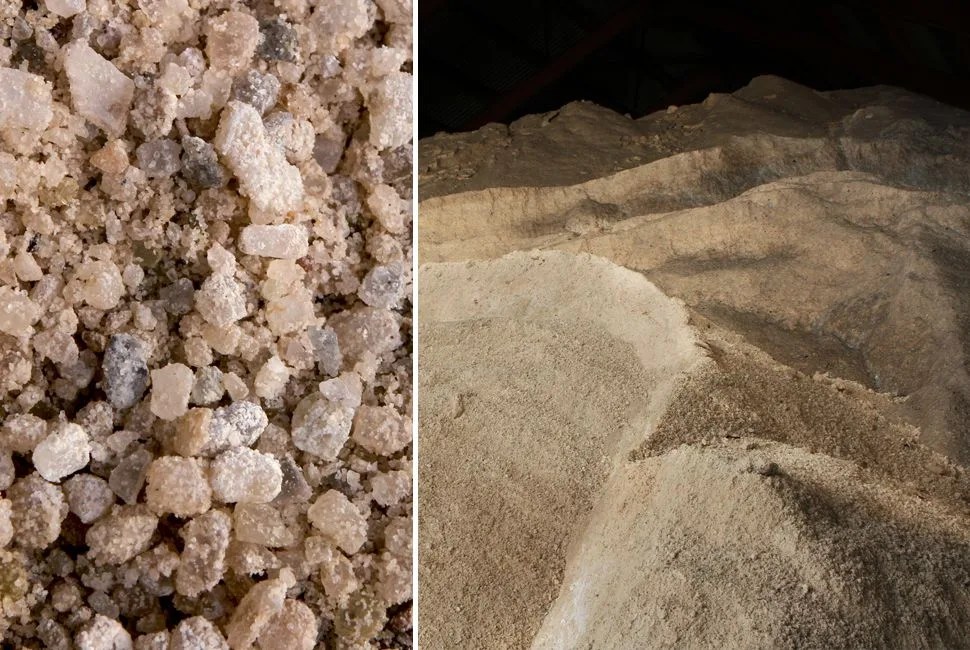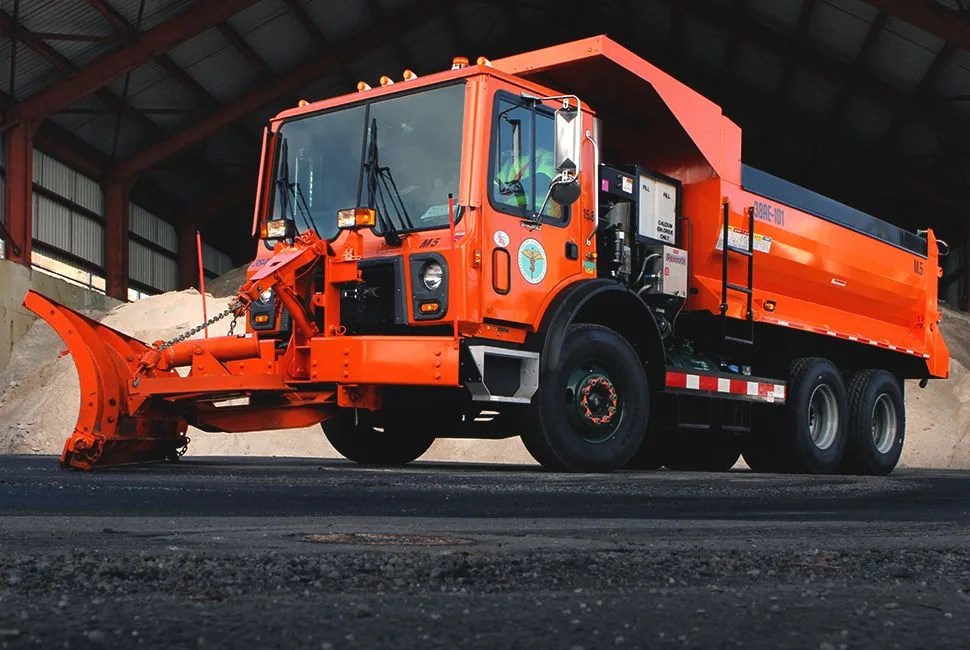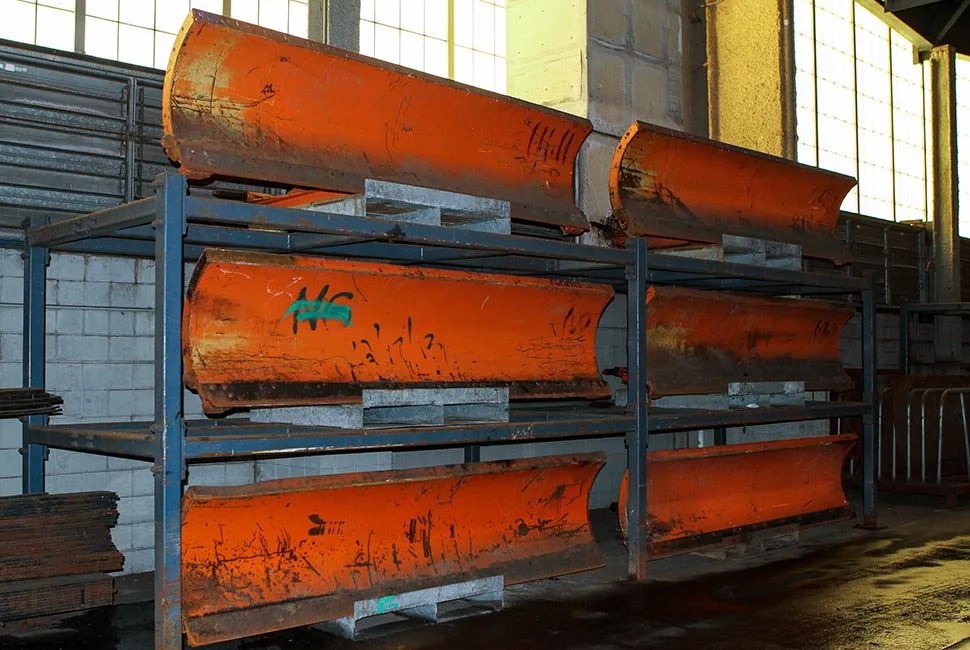In 2010, when the US government last conducted the census, the population of New York City was estimated at 8,175,133, roughly equivalent to the current populations of Los Angeles, Chicago and Philadelphia combined. The density of this population is the highest in the nation, more than double that of Chicago. To navigate the city, these tightly crammed residents navigate over 6,500 linear miles of road, or what amounts to 19,000 lane miles. During the winter, when storms lock the city in snow, these facts all become Chief Edward Grayson’s problem. He heads operations for the Bureau of Cleaning and Collection at the Department of Sanitation, which in the event of a snowstorm suspends normal trash and recycling collection in order to clean snow and ice from NYC streets.
The 2015/2016 winter season officially kicks off on December 21st, and the current historic El Niño makes for an unpredictable climate. Predictions from the NOAA indicate that, due to the intense strength of the El Niño, the northeast will experience wetter- and warmer-than-average conditions, a combination that makes snowfall accumulation difficult to forecast. Coupled with the Farmers’ Almanac‘s (admittedly dubious) prediction of a snowy and cold winter in the northeast, signs point toward a potentially devastating and, at the very least, unpredictable, winter.
The importance of keeping the city’s streets open is obvious. While “snow days” lead to losses in worker productivity and education, on a more basic level, Grayson is working to keep hospitals accessible, keep emergency vehicles moving, and even help harried parents. When the “kids are hungry and they’re out of bread…no one could argue with that,” said Grayson.
His job is enormously complex and vital to the health of the city’s most vulnerable residents. Combating the winter draws on the resources and knowledge from many of the city’s disparate bureaus to effectively utilize 3,000 snowplowing routes. It all amounts to a several-months-long tango with mother nature.

The First Flake
On October 29, 2011, an unseasonable snowstorm made history when it dumped close to three inches on NYC, marking the first time that an October snowfall measured over one inch in the city. In the years since, the first measurable snowfall has come in early November and twice in early December. Now, in mid-November, Chief Grayson is already prepped and ready for what he calls “the first flake.”
Namely, this preparation requires salt. The commissioner likes to start the season with each of the city’s 29 permanent and 14 seasonal salt storage sites filled to the max, which amounts to 300,500 tons of salt. Over the past month or two, Grayson’s brought in the final 50,000 tons of salt to reach those numbers. Those 300,500 tons take up over 4.5 million cubic feet. Put another way, the salt piled in NYC right now could cover all of Central Park in an inch and a half of salt, or salt 940 billion orders of large fries at McDonald’s.




